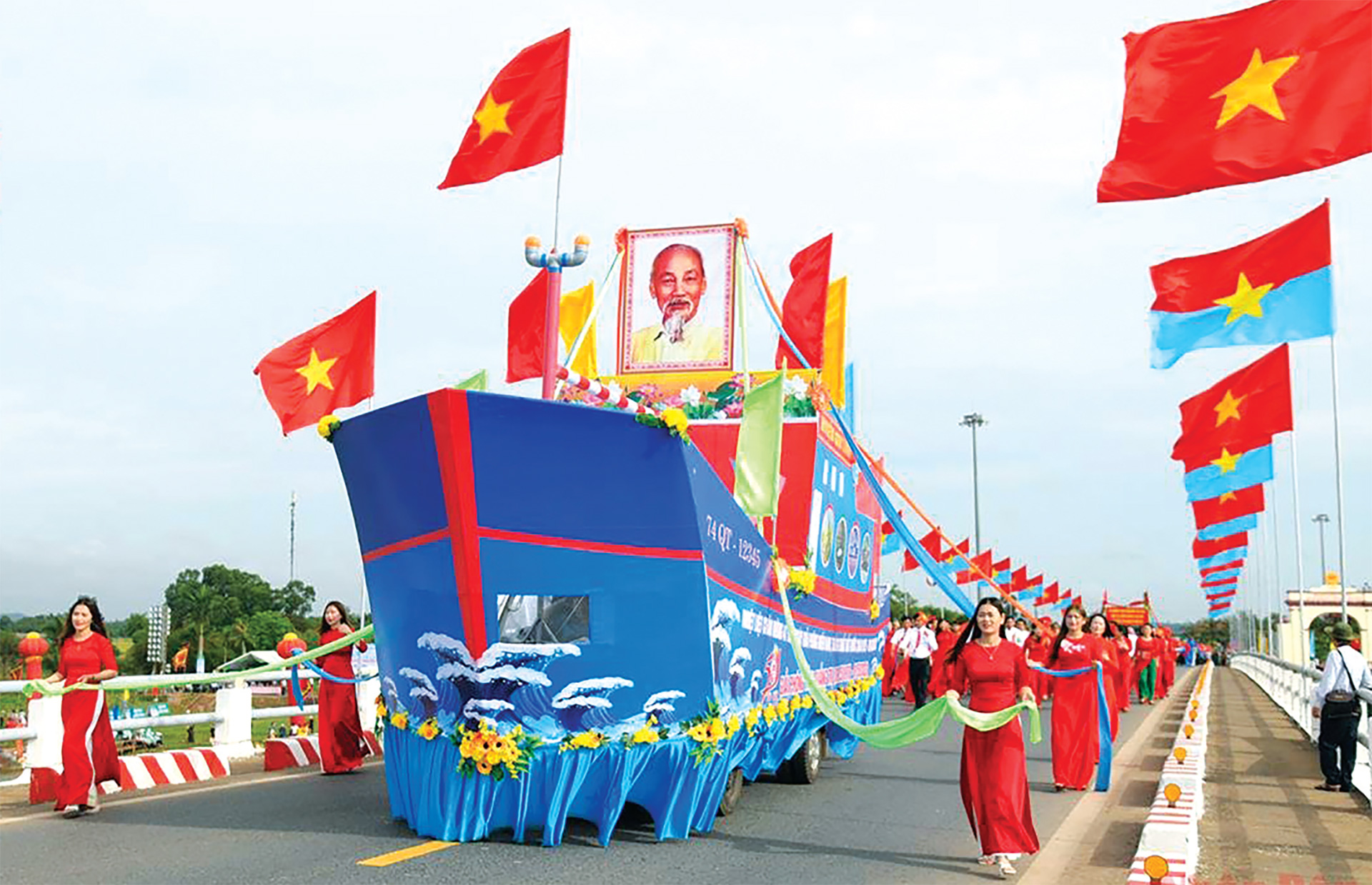
----------------
Dr. Bui Ngoc Thanh, Former Head of the Office of the National Assembly
Before entering the 1975 Spring Campaign, at the Fifth Session of the Fourth National Assembly, on December 24, 1974, the National Assembly warmly welcomed the Deputy Prime Minister and Minister of National Defense , General Vo Nguyen Giap, on behalf of the army and people of the North, declaring: Strive to strengthen national defense, be ready to smash all new war plots of the enemy, firmly protect the North, "fulfill the sacred duty to our Southern compatriots...".
"In this moment, time is power..."
_____
With meticulous, careful, and thoughtful preparation in both spirit and force, in just a short period of 19 days, the opening attack was the liberation of Buon Ma Thuot on March 10, followed by the liberation of Hue on March 19 and the liberation of Da Nang on March 29, 1975.
Before the moment of liberating Da Nang, in the telegram of the Politburo at 6:00 p.m. on March 27, 1975 sent to comrades Nam Cong and Hai Manh, there was a paragraph: “… At this moment, time is force. We must act extremely boldly and unexpectedly, making the enemy unable to react” (1) . This was also the important motto of action and combat of the historic Ho Chi Minh Campaign.

“ The situation is changing rapidly. The Southern revolution is entering a period of leapfrog development.
After we won great and successive victories, the enemy suffered extremely heavy and unexpected defeats, and the puppet regime was facing the danger of rapid collapse both militarily and politically.
...At this time, we need to act promptly, resolutely and boldly. In fact, it can be considered that the campaign to liberate Saigon began here " (2) .
That was the content of the telegram sent by the Politburo to the comrades directly leading the Southern battlefield at 4:30 p.m. on March 29, 1975 (a few hours after Da Nang was liberated). In the early afternoon of April 1, 1975, the Politburo continued to telegraph to comrades Nam Cong and Hai Manh to discuss the urgent promotion of the General Offensive and Uprising Plan in Saigon - Gia Dinh. One of the extremely important assessments of the Politburo at this time was: The revolutionary war in the South had not only entered a period of leapfrogging development, but the opportunity to launch a general offensive and uprising in Saigon - Gia Dinh was ripe. From this moment, the final strategic decisive battle of our army and people had begun. The revolution was developing at the pace of "one day equals twenty years". From that, the Politburo decided: “ We must grasp the strategic opportunity, determined to carry out a general offensive and uprising, and successfully end the war of liberation in the shortest time. It is best to start and end in April this year , without delay. We must act “quickly, boldly, and unexpectedly”. We must attack immediately when the enemy is confused and weak. We must concentrate even greater forces on the main targets in each direction, at each moment” (3) .
Along with the strategic determination , the Politburo has outlined very specific tasks and works and directed their urgent implementation:
That is, to promote the strength of three strategic moves (combining attack and uprising, attacking from the outside, attacking from the inside); in each direction and in each battle, must concentrate overwhelming forces, completely destroy, quickly disintegrate the enemy, take advantage of new opportunities and advantages to attack in succession, develop victory. Quickly increase forces in the West of Saigon, divide and strategically encircle, completely destroy Highway 4 and approach Saigon. At the same time, quickly concentrate forces in the East and Southeast, capture important targets, completely encircle and isolate Saigon from Long Khanh and Ba Ria - Vung Tau. Organize ready main units equipped with powerful weapons and techniques, so that when the opportunity arises, they can immediately capture the most important targets in the center of Saigon city. In the Mekong Delta, it is necessary to urge our military and political forces to act boldly, urgently develop offensives and uprisings, destroy sub-regions and establish management, destroy large parts of the enemy's control system, and quickly expand liberated zones in key areas.
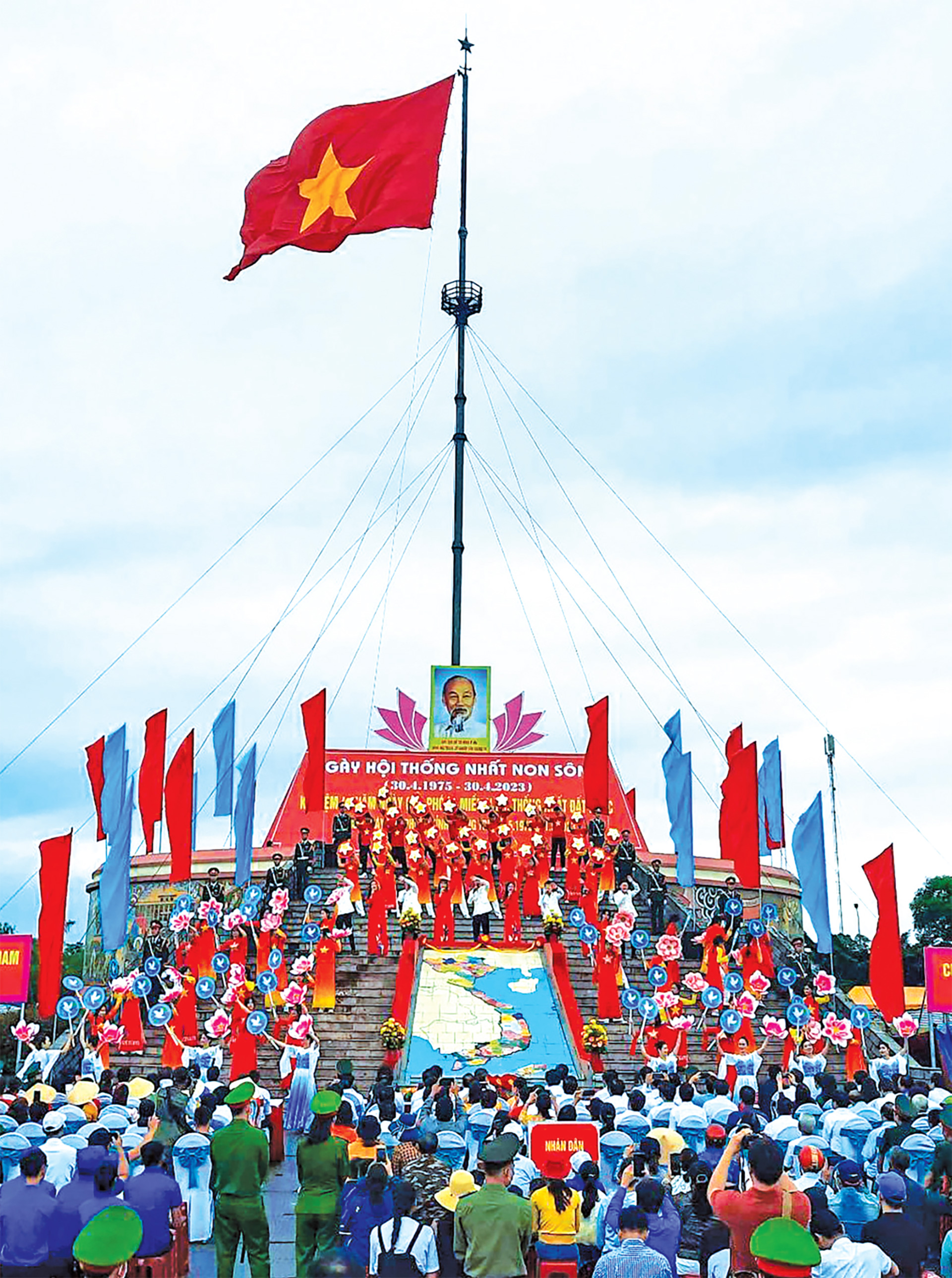
To promptly implement the above strategic direction, it is necessary to immediately draw up a bold action plan with the available forces in the Eastern battlefield. Quickly transfer the 3rd Army Corps along with weapons and technology from the Central Highlands, and at the same time order the Reserve Corps to be brought in.
At this time, the Politburo decided to establish the Saigon Front Command and Party Committee to highly unify leadership and direction for this key battlefield.
With those basic tasks, the Politburo closely directed the implementation of the war's developments every day and every hour.
At 11:00 a.m. on April 9, 1975, the Politburo directed the plan to attack Saigon as follows: From now until the major offensive begins, the West and Southwest wings need to step up operations to cut off Route 4, forcing the enemy to disperse their forces to cope, making them more confused, bewildered, and having difficulty judging our campaign plan, while at the same time ordering special forces to infiltrate the inner city. Other forces need to have appropriate activities to create conditions for coordination with the major general offensive. It is necessary to ensure that once the offensive is launched, it must be attacked strongly and continuously, continuously until complete victory; while attacking on the outskirts, at the same time seizing the opportunity, penetrating deep into the center of Saigon from many directions with prepared forces. Attack from the outside, attack from the inside, creating conditions for the people to rise up. That is the most basic and certain plan. In the current situation, speed, boldness, and surprise are the key.
"Fulfilling the sacred duty to our fellow countrymen in the South"
_____
“The Politburo's Electricity (4)
17:50 April 14, 1975
To: Mr. Tam Thanh, Mr. Bay Cuong, Mr. Tuan,
On April 14, 1975, the Politburo met to listen to the Central Military Commission report on the situation of the Saigon front and the directions and policies that you had sent out. The Politburo agreed with those directions and policies. I hope you will take advantage of the time to prepare well to achieve great victory. The Politburo agreed that the Saigon Liberation Campaign would be called the “Ho Chi Minh Campaign”.
Good health to you.
THREE"
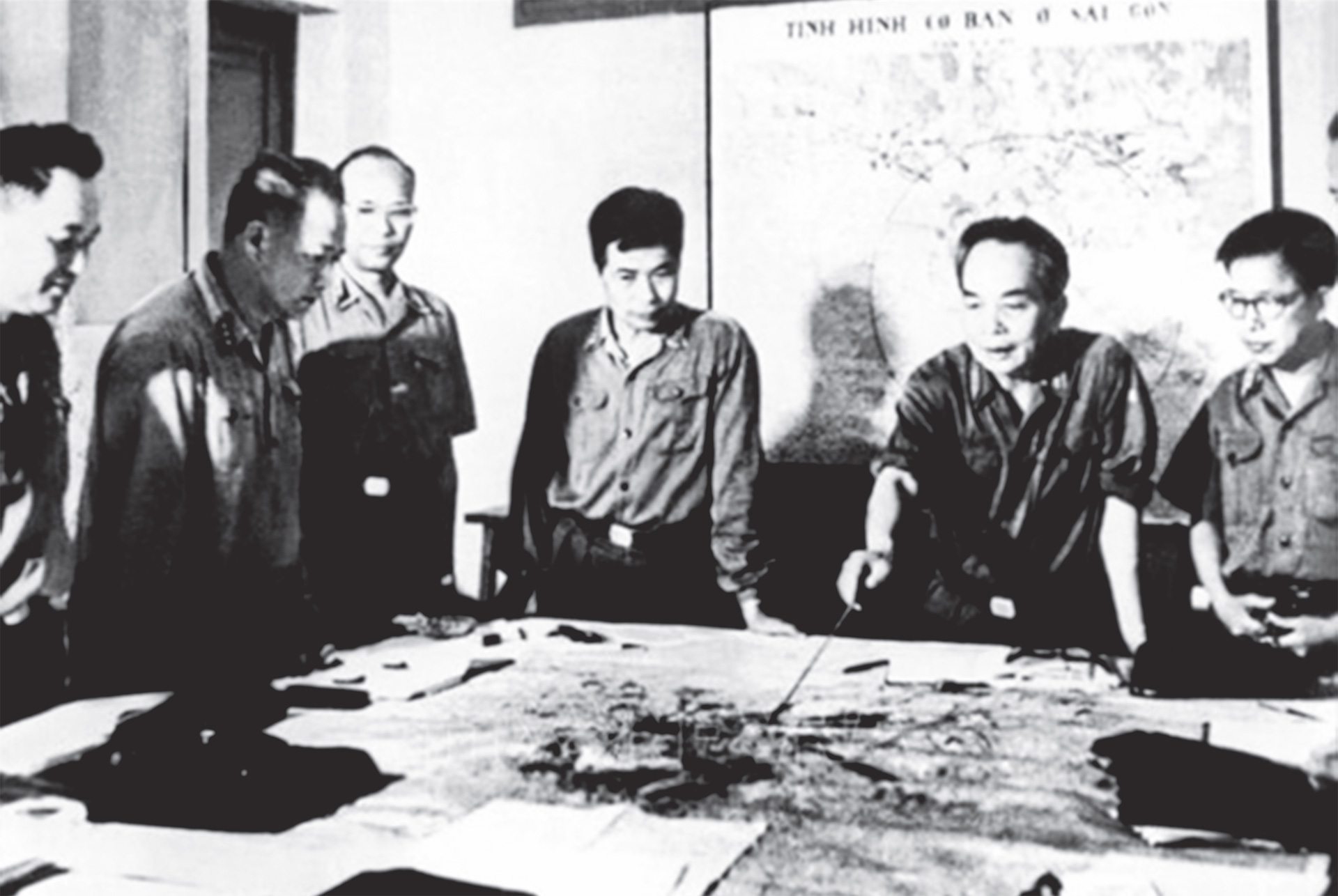
At 3:30 p.m. on April 22, 1975, the Politburo continued to send the leaders of the Saigon front a telegram with the content of seizing the opportunity, promptly launching a general offensive combined with the uprising of the Saigon - Gia Dinh masses. The main content of the telegram is as follows:
Following successive defeats, the enemy recently lost Phan Rang and was forced to retreat from Xuan Loc. They not only discovered our large forces on the eastern coastal flank, but also discovered our large forces in the direction of Route 4 and the southwest of Saigon, and to some extent discovered our large forces in the north. Facing the risk of being surrounded and destroyed, they hastily adjusted their force deployment. The new deployment did not clearly show their intention to defend Saigon, but revealed their intention to keep the Route 4 corridor from Saigon to Can Tho . Last night, under pressure from the US and its generals, Nguyen Van Thieu had to resign. To slow down our attack on Saigon, the US-puppet government established a new government, proposed a ceasefire, and reached a political solution, in order to save their complete defeat.
All the above situations are causing great disorder in the puppet army and puppet government. The struggle movement of the masses may have a new development. The opportunity to launch a general military and political offensive on Saigon is ripe. We need to take advantage of each day to promptly launch the offensive. Action at this time is the surest guarantee for complete victory. If we delay, it will not be beneficial both militarily and politically. Immediately order all directions to act promptly, and at the same time instruct the Saigon - Gia Dinh Regional Party Committee to be ready to launch the mass uprising in combination with the army's offensives. The coordination between the directions as well as between the offensive and the uprising will be carried out during the course of action.
Seize the great opportunity, we will definitely win.
Following the direction of the Politburo, after completing the preparation work, concentrating a large enough force and combat equipment according to the requirements of the campaign in the shortest time in the suburbs, adjacent to Saigon, on the afternoon of April 26, 1975, our army opened fire to start the campaign. From 5 directions, the Army Corps simultaneously attacked Saigon. From April 26 to 28, our army broke through the outer defense line, crushed the resistance of the enemy divisions and approached and pressed close to Saigon. The enemy was completely strategically disordered. From the afternoon of April 28, the puppet army wings no longer received orders from the General Headquarters and the commanding generals...

At 10:00 a.m. on April 29, 1975, the Politburo sent a telegram to the leaders of the Saigon front with the following content:
“ Send to: Brother Sau, Brother Bay, Brother Tuan, Brother Tu,
Dear Mr. Tan,
The Politburo and the Central Military Commission were meeting when they received news that Duong Van Minh had ordered a ceasefire. The Politburo and the Central Military Commission instructed:
1. You ordered our army to continue attacking Saigon as planned; to advance with the most powerful momentum, liberate and occupy the entire city, disarm the enemy army, dissolve the enemy's government at all levels, and completely crush all their resistance.
2. Announced the placement of Saigon - Gia Dinh city under the authority of the Military Administration Committee chaired by General Tran Van Tra.
3. There will be a call back, get a reply immediately.
BA” (5)
On April 29, our army continuously attacked. The combined army corps advanced on the march, destroying the enemy's blocking and counterattacking wings; aiming straight at the assigned targets.
On the morning of April 30, with the enemy clearly defeated, they asked for a ceasefire; with great momentum, our troops still resolutely attacked. The Corps quickly captured important targets. Our troops destroyed the 3rd Corps and all the enemy reinforcements, destroyed and disintegrated the 4th Corps and all the remaining enemy forces on the battlefield. At exactly 11:30, the liberation army tanks heroically entered the Independence Palace, and the puppet President Duong Van Minh announced unconditional surrender. The Liberation Flag flew atop the palace, Saigon - Gia Dinh was completely liberated.
The great and complete victory showed that the direction of the Politburo was extremely precise and optimal, " It is better to start and end in April this year". With the art and fighting skills of the liberation army, the Ho Chi Minh Campaign was completed from the afternoon of April 26 to the noon of April 30. This was the decisive blow to destroy and disintegrate the entire puppet army, completely smashing the puppet government apparatus.
Our Party has led our people to fully implement President Ho Chi Minh's guiding ideology, "Fight to drive out the Americans, fight to overthrow the puppet regime"; perfectly and completely carry out the oath " fulfilling the sacred duty to our compatriots in the South " - completely liberating the South, unifying the country, preserving the integrity of our beloved country's mountains, rivers, borders, and territory.
______
(*) Complete National Assembly documents, volume I (1971-1976), page 690.
(1), (2), (3), (4) Complete Party Documents, volume 36, pages 89, 91, 95-96, 109.
(5) Le Duan: Letter to the South, Truth Publishing House, Hanoi 1985, page 394.
Source



![[Photo] Ho Chi Minh City Youth Take Action for a Cleaner Environment](https://vphoto.vietnam.vn/thumb/1200x675/vietnam/resource/IMAGE/2025/11/04/1762233574890_550816358-1108586934787014-6430522970717297480-n-1-jpg.webp)
![[Photo] The road connecting Dong Nai with Ho Chi Minh City is still unfinished after 5 years of construction.](https://vphoto.vietnam.vn/thumb/1200x675/vietnam/resource/IMAGE/2025/11/04/1762241675985_ndo_br_dji-20251104104418-0635-d-resize-1295-jpg.webp)

![[Photo] Panorama of the Patriotic Emulation Congress of Nhan Dan Newspaper for the period 2025-2030](https://vphoto.vietnam.vn/thumb/1200x675/vietnam/resource/IMAGE/2025/11/04/1762252775462_ndo_br_dhthiduayeuncbaond-6125-jpg.webp)
![[Photo] Ca Mau "struggling" to cope with the highest tide of the year, forecast to exceed alert level 3](https://vphoto.vietnam.vn/thumb/1200x675/vietnam/resource/IMAGE/2025/11/04/1762235371445_ndo_br_trieu-cuong-2-6486-jpg.webp)


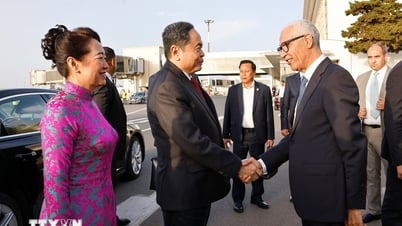

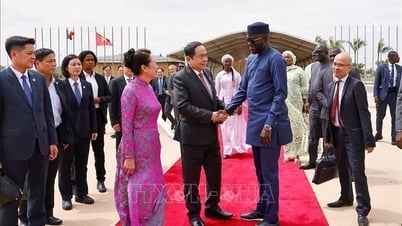




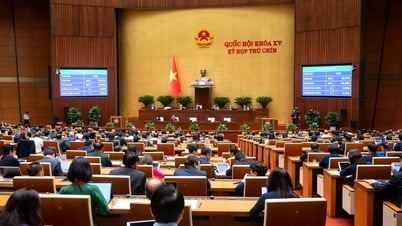






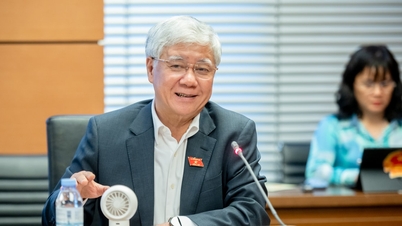

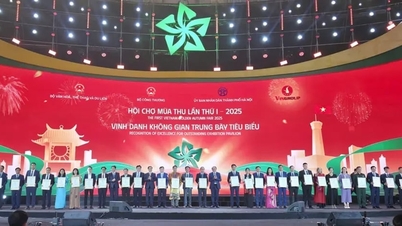

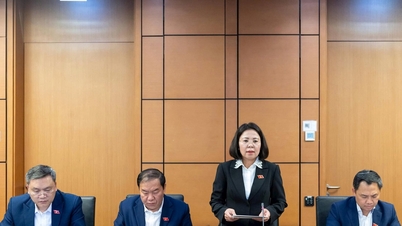


































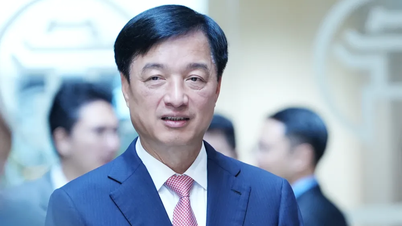

















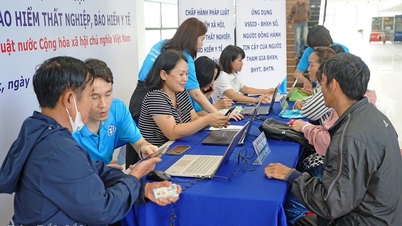


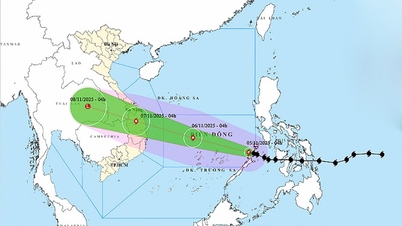



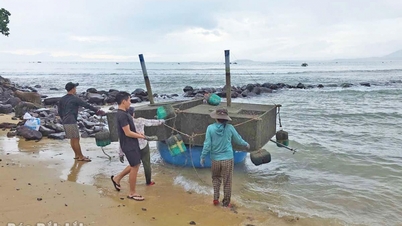













Comment (0)